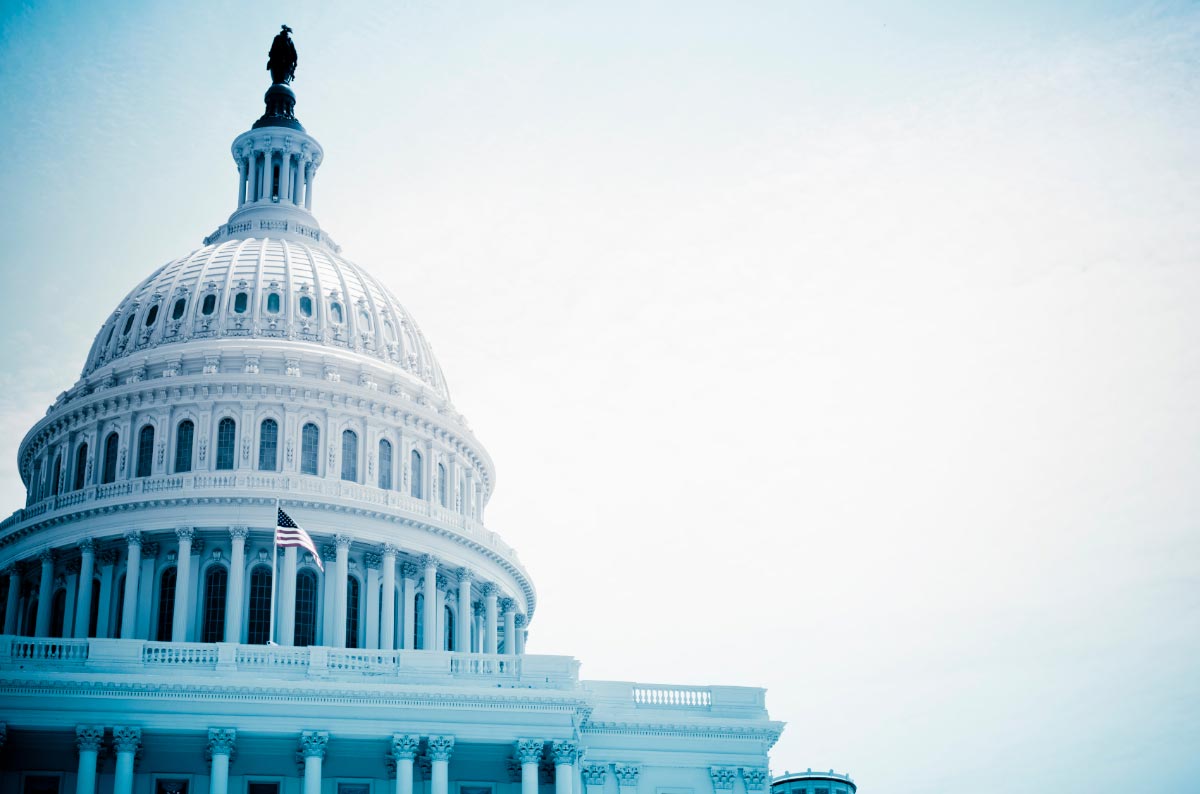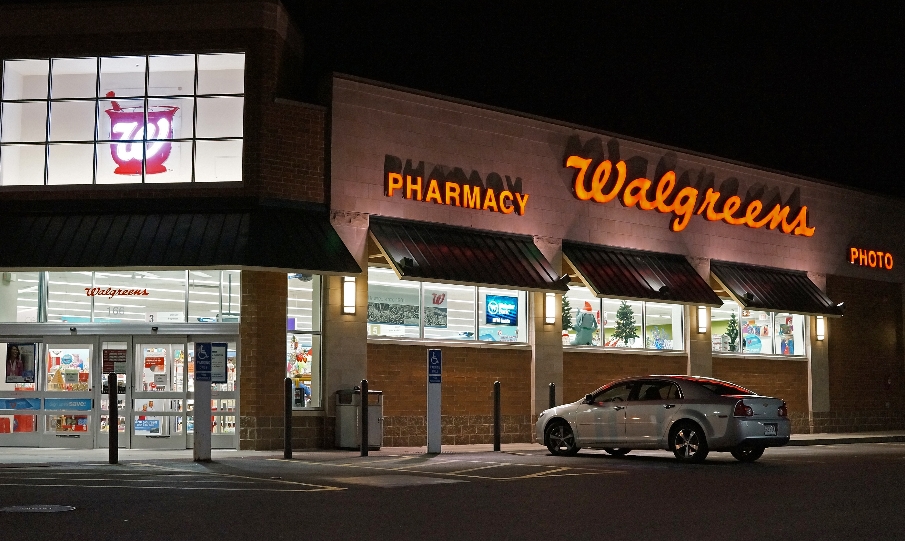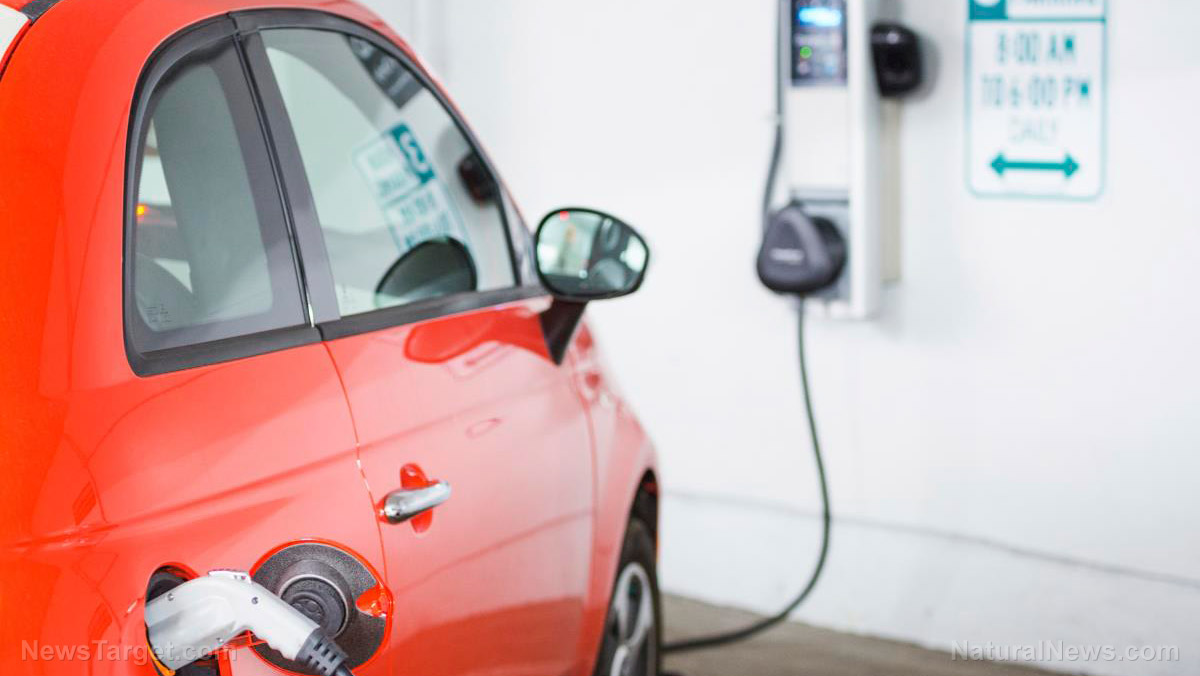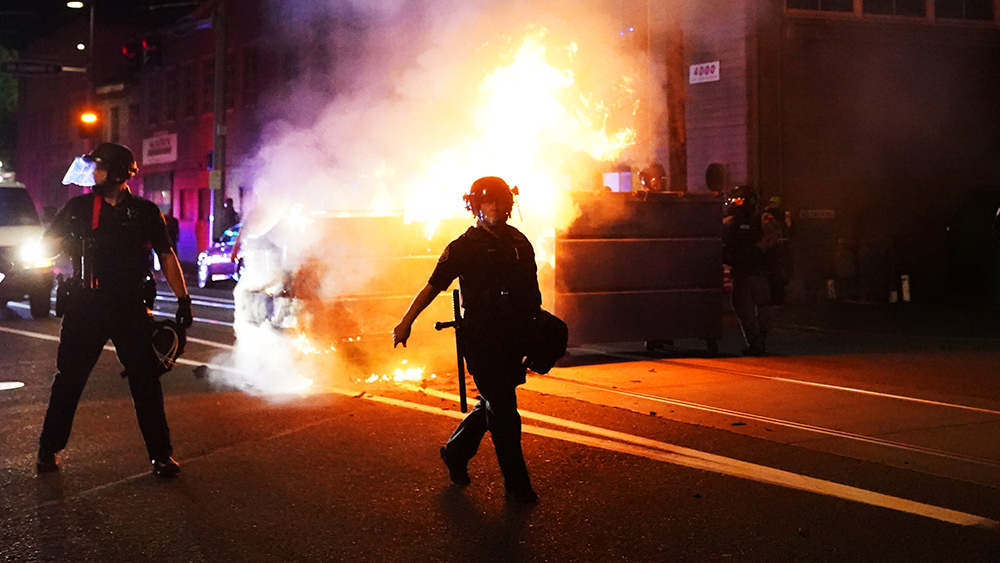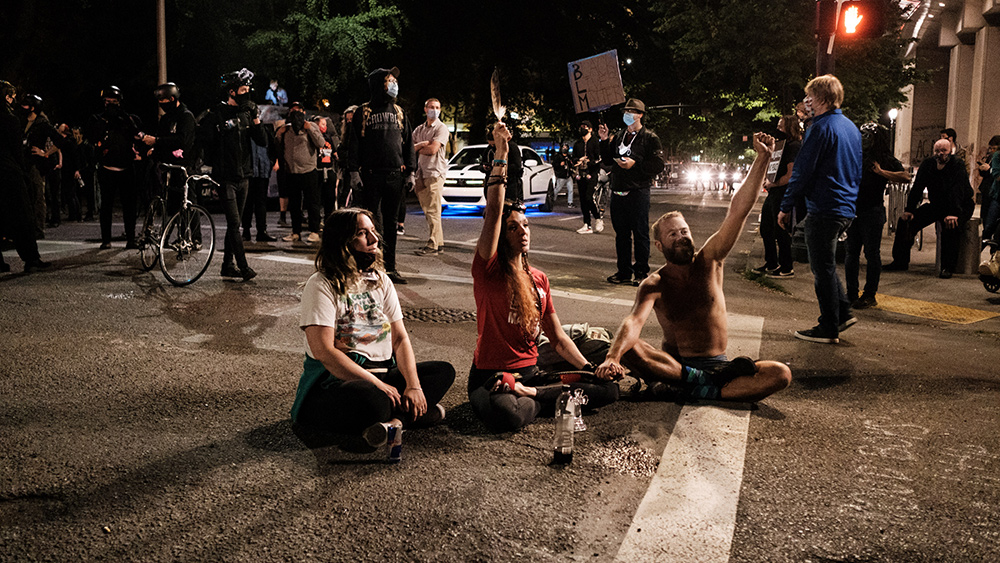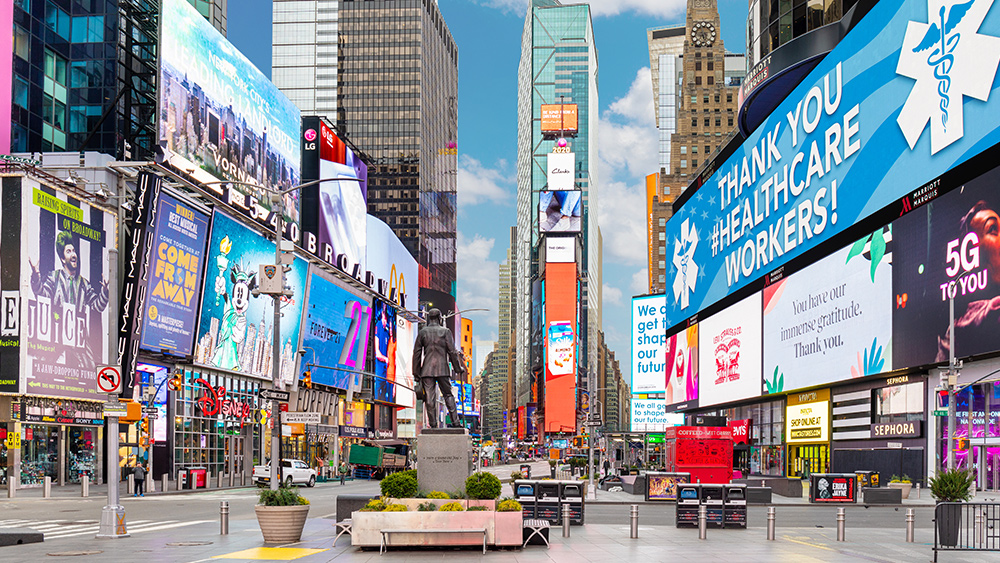Target to spend $5 billion on its stores to prevent them from shutting down
07/06/2023 / By Arsenio Toledo

Big box retailer Target is spending $5 billion on its stores nationwide as part of a wider strategy to keep them profitable and prevent them from shutting down.
The investment is a response to new and old issues faced by the company as well as other big box retailers, including the rise in online shopping, the recent boycott causing profits to plummet and the ongoing threat from shoplifting and other organized retail crime incidents. (Related: Target on pace to lose $1.2 billion in profits over a two-year period due to organized retail crime which is only getting worse.)
The company claims the changes will improve customer experience and emphasize the company’s drive to diversify its products away from grocery items and toward apparel, electronics and home goods.
Target’s $5 billion strategy has three main prongs: security, store renovations and “Drive Up Returns.”
“Drive Up Returns” is a new service Target is hoping to introduce that will allow customers to return unwanted items without getting out of their cars. This will allow guests to “return most new, unopened items within 90 days of purchase.”
“Drive Up Returns will be available on purchases made through guests’ Target.com accounts. Before heading to their Target store, guests can initiate a return through a guided experience in the Target.app,” read Target’s statement announcing the new program. “Guests then follow the normal Drive Up process to return their order, and wait in their car for a team member to pick up and complete their return.”

In its second tactic, Target is also looking to renovate many of its existing stores and open new, more modern stores that will entice customers to come into their retail spaces.
“Many of the new stores will include new design elements that reflect the local community, experiences that highlight new brands, assortment and services and sustainable features,” said the company.
In addition, Target will also be providing additional investments out of the $5 billion budget it has allotted to about 175 of its existing stores to conduct additional renovations, many of which include creating additions to the stores to include brand partners like Ulta Beauty and Apple.
Finally, Target is planning to spend a significant chunk of this budget to increase security in every one of its stores in response to escalating organized retail crime. Target Chairman and CEO Brian Cornell said the company would make “significant investments in strategies” to prevent theft of merchandise “and protect our guests and our team” from criminal elements.
In addition to these three main prongs in the company’s strategy, Target is also planning to launch or expand over 10 company-owned brands, “bringing thousands of new, differentiated products to guests at incredible prices.”
Organized retail crime represents a multi-billion dollar problem for major retailers
In the company’s latest earnings release in mid-May, Target disclosed that it projected a significant $500 million decline in profits primarily caused by inventory shrinkage, including theft of merchandise, especially from organized retail crime incidents.
During an earnings call, Cornell expressed concern about the escalating issue of merchandise theft, emphasizing its widespread impact on various merchandise departments nationwide. Cornell emphasized that this problem was also not showing signs of improvement, but rather growing more severe over time.
“The unfortunate fact is violent incidents are increasing at our stores and across the entire retail industry. And when products are stolen, simply put they are no longer available for guests who depend on them,” said Cornell. “Left unchecked, organized retail crime degrades the communities we call home. As we work to address this problem, the safety of our guests and our team members will always be our primary concern. Beyond safety concerns, worsening shrink rates are putting significant pressure on our financial results.”
This problem is something every major retailer in the United States is facing. The trade group the Retail Industry Leaders Association warned that organized retail crime in the U.S. cost retailers nearly $70 billion in 2020, and association Senior Vice President of Communications and Marketing Jason Brewer warned the situation has “gotten exponentially worse” in the succeeding years.
When major retailers’ profit margins take a hit, the companies typically look to raise prices for shoppers. This means that, in the end, consumers bear the cost of retailers’ losses to organized retail crime.
Major retailers Walmart, Dollar Tree, Home Depot, Foot Locker and Ulta Beauty have all disclosed that organized retail crime is causing severe problems at their stores.
Learn more about the flailing fortunes of many American corporations at MarketCrash.news.
Watch this short episode of the “Health Ranger Report” as Mike Adams, the Health Ranger, discusses how American can help bankrupt Target without even lifting a finger.
This video is from the Health Ranger Report channel on Brighteon.com.
More related stories:
Gay mafia terrorizes Target with BOMB THREATS for dropping LGBT clothing collection from its stores.
Target LOSES $14 BILLION in market value as backlash over controversial “Pride” collection continues.
Target loses $9 BILLION in week following boycott calls over LGBTQ-friendly kids clothing.
Major retailers will keep shutting down their stores until organized retail crime gets under control.
Sources include:
Submit a correction >>
Tagged Under:
anarchy, big box retailer, big government, chaos, Collapse, crime, criminals, economic riot, economics, economy, finance, finance riot, financial crash, market crash, national security, organized retail crime, panic, Retail, retail crime, retailers, target, violence
This article may contain statements that reflect the opinion of the author
RECENT NEWS & ARTICLES
COPYRIGHT © 2017 COLLAPSE.NEWS
All content posted on this site is protected under Free Speech. Collapse.news is not responsible for content written by contributing authors. The information on this site is provided for educational and entertainment purposes only. It is not intended as a substitute for professional advice of any kind. Collapse.news assumes no responsibility for the use or misuse of this material. All trademarks, registered trademarks and service marks mentioned on this site are the property of their respective owners.







